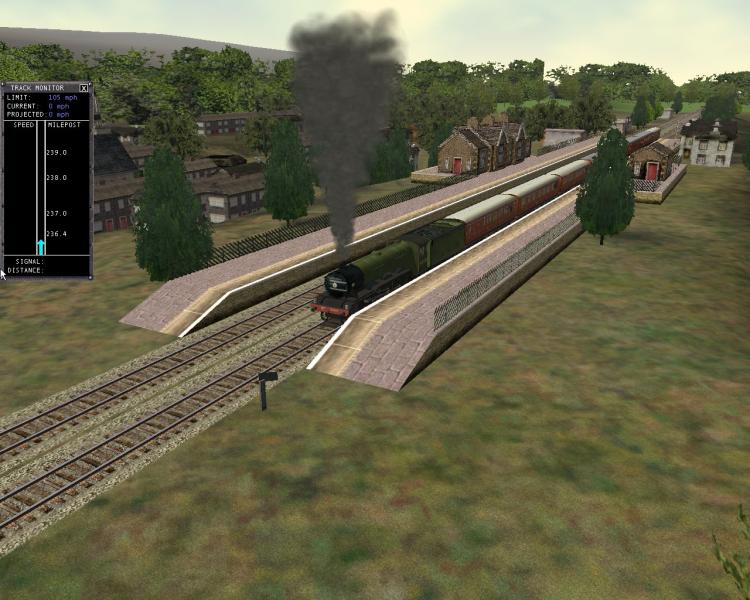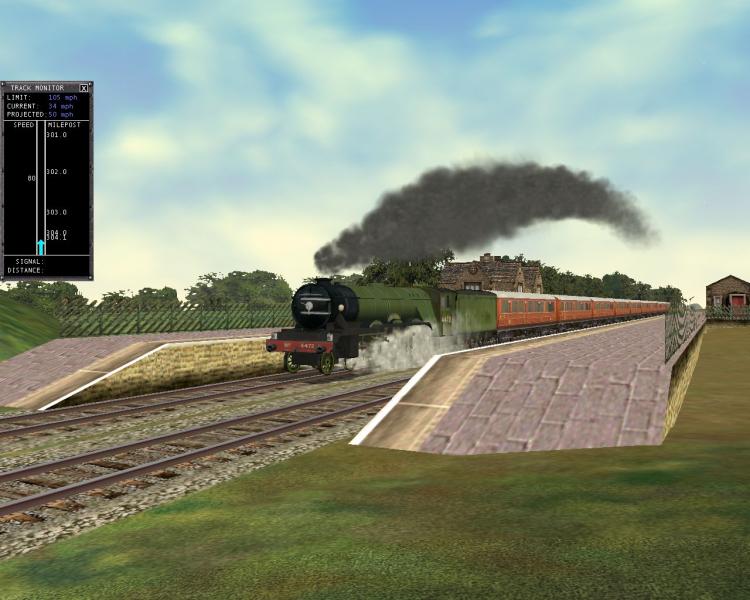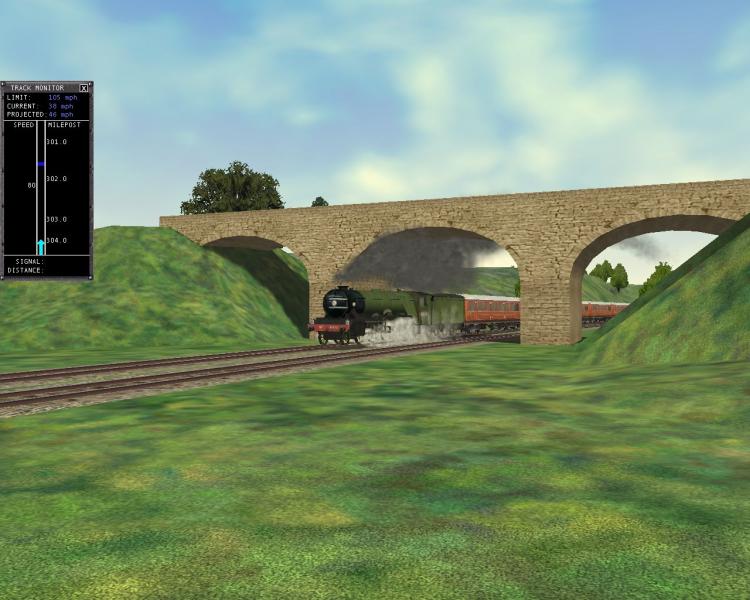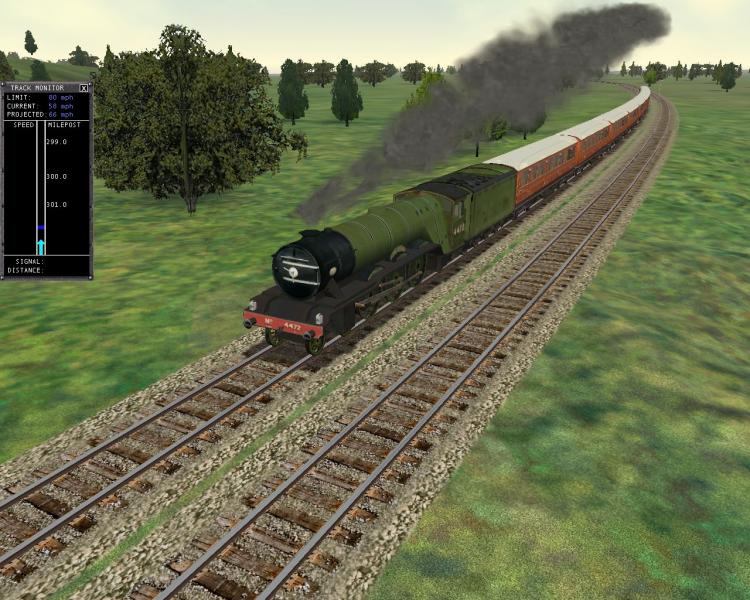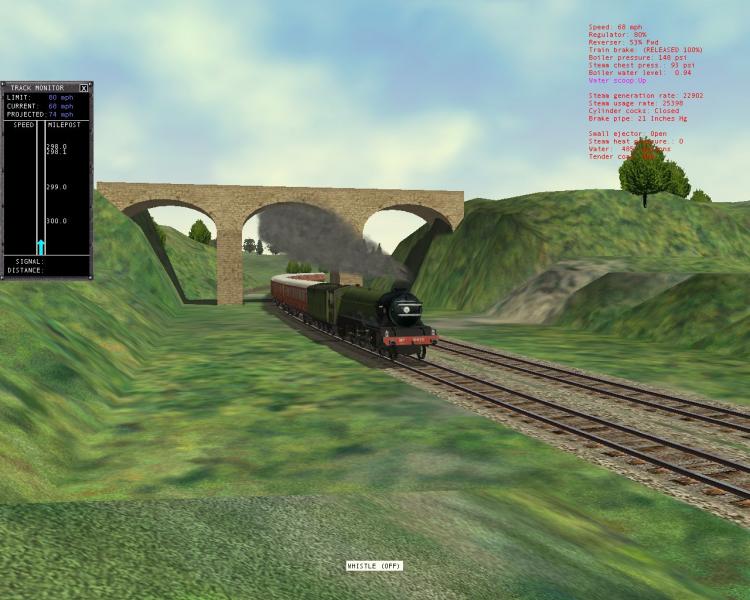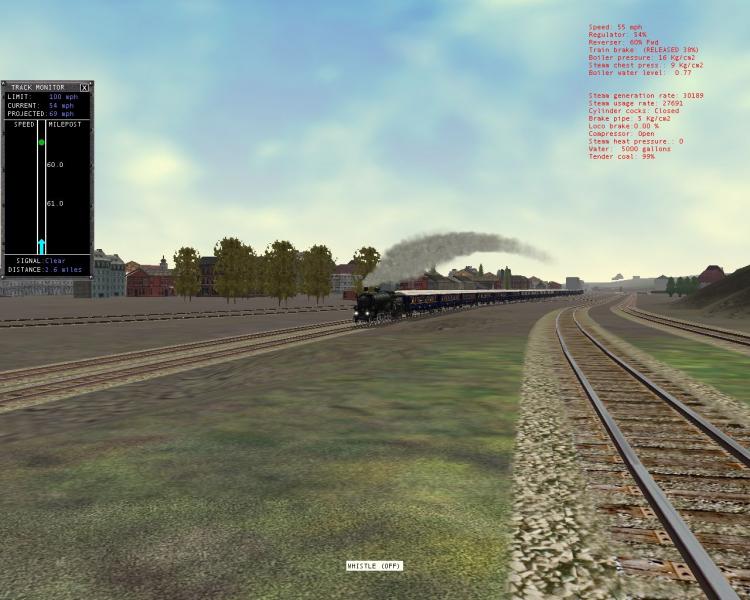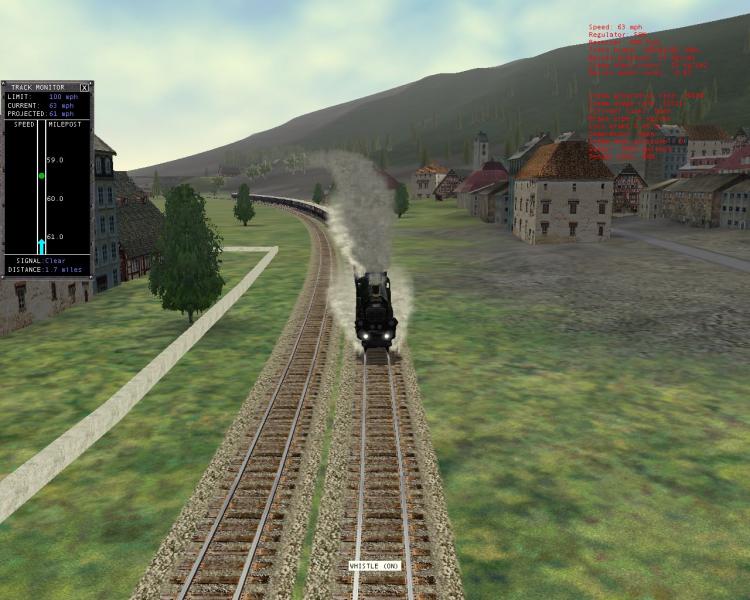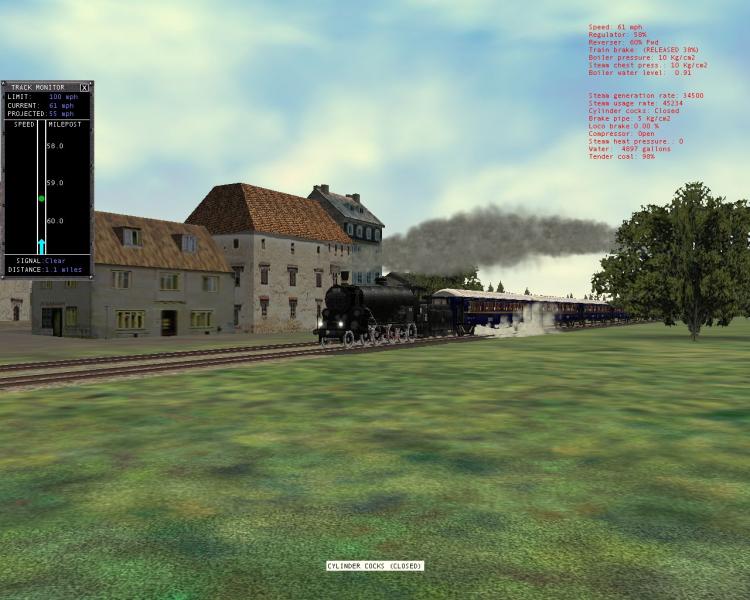 copperpen, on 05 March 2024 - 03:12 AM, said:
copperpen, on 05 March 2024 - 03:12 AM, said:
I was under the impression that when the locomotive is stationary, then the cylinder cock exhaust would be continuous. When the locomotive is moving the the cylinder cock exhaust will alternate between the front and back of the cylinder. In some instance it may appear "continuous" if the exhaust is a common point.
 Jonatan, on 05 March 2024 - 11:19 AM, said:
Jonatan, on 05 March 2024 - 11:19 AM, said:
 Jonatan, on 06 March 2024 - 11:02 AM, said:
Jonatan, on 06 March 2024 - 11:02 AM, said:
To understand whether any potential improvement can be achieved it is necessary to understand some of this complexity. For what seems to be a simple change on paper, or from a Youtube video, may be quite a complex feature to simulate in a virtual environment.
So within OR the smoke, steam effects, etc are created by two complimentary software modules as follows:
i) Particle Emitter - creates the actual smoke (steam) appearance in the simulated world. So the look and movement of smoke with wind, and as the train moves, under different atmospheric conditions, etc is controlled by this module. For example, the issue of the smoke moving forward of the stack with increased train speed is an issue within the Particle Emitter (I think).
ii) OR steam (and diesel) physics code - The physic code determines when smoke (steam) should appear (ie when a steam exhaust is turned on), and how much smoke or steam is generated, etc (NB: at the moment there is not necessarily a direct relationship between the real amount generated and how the particle emitter displays this amount in the virtual world).
I believe that there are some potential tweaks that could be done to the physics code that may make the performance somewhat more realistic (not necessarily more visually appealing).
I am willing to do some of these tweaks for the steam locomotive, if there is a level of interest, however it would need to be on the understanding that we are hoping for an improvement, but recognising that it is unlikely that we will get a 100% perfect outcome. Complimentary changes would need to be done in the Particle Emitter, however these changes are out of scope for this offer.
So it would need to be accepted that were the line is eventually drawn is where it is drawn, and may not go further within this project. The other point is that it will be done within my timeframe.
 copperpen, on 06 March 2024 - 06:25 AM, said:
copperpen, on 06 March 2024 - 06:25 AM, said:
Bear in mind that we have two effects in OR combining, ie the smoke (created by fuel combustion) and the exhaust steam (created by steam). I am not sure if MSTS modeled both of these streams independently?
We would need to identify good quality physics parameters that emulate the operation of the locomotive as closely as possible. Hence I would suggest that the cylinder steam usage is a better reference parameter (certainly for the steam exhaust) as this changes depending upon how hard the locomotive is steaming.

 Log In
Log In Register Now!
Register Now! Help
Help











